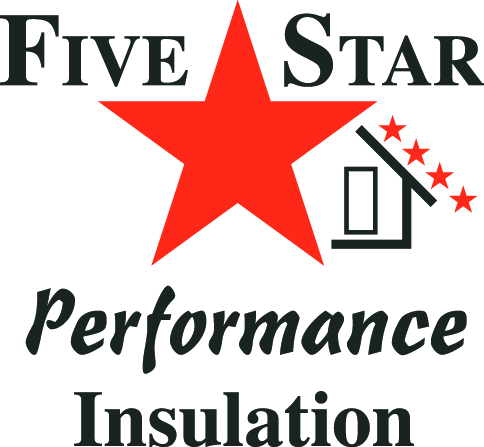Insulation is an essential element in any energy-efficient home. Placed in regions where air escapes, like in the attic, insulation serves to minimize heat transfer.
According to the United States Environmental Protection Agency, homeowners can save about 15% on cooling and heating costs and 11% on overall energy costs through proper insulation to the crawl spaces, attic, and basement.
A system called R-value measures the level of insulation. The R-value determines how resistant an insulation is to heat flow, considering the density and thickness of the material you use. The higher the R-value, the better the home’s energy efficiency.
What Are the Different Types of Insulation?
The most asked question is: What is the best kind of insulation? There are various kinds of insulation available on the market. Nonetheless, the type you choose will depend on your desired R-value requirement, budget, current insulation system, and DIY capabilities. The most common types of insulation include:
Blown-In Insulation: Also called loose-fill insulation, blown-In Insulation is done by a machine that sprays or blows the material in the space you are insulating. The paper-like material is made of rock wool, cellulose or fiberglass, making it sufficiently flexible for almost any place, including tricky crevices and corners.
Therefore, this type of insulation is ideal for peculiarly-shaped areas, attics, and already insulated places that need further attention.
Batt Insulation: This insulation comprises a blanket made using cellulose, fiberglass, natural fibers, plastic, and mineral wool. You can easily mount these materials on unfinished ceilings, floors, and walls, making it a DIY-friendly task. Moreover, it is an affordable type of insulation, with an average cost of roughly $1,000 to $2,500.
A fiberglass batt normally has an R-value ranging from R-2.9 to R-3.8 per inch of thickness. Denser insulation batts, such as cellulose or sheep’s wool ones, may have a value of up to R-4.3.
Batt insulation materials designs fit the standard width between attic rafters, floor joists, and wall studs, making the method ideal for the traditionally-designed parts of your home. The materials come uncut in a roll or pre-cut in a blanket form.
Spray Foam Insulation: Made of liquid polyurethane or latex, spray foam insulation fills crevices and gaps within surfaces. When it is sprayed into a crevice or cavity, it expands, hardening so that it fills each gap.
Spray foam insulation is of two types: closed-cell and open-cell foam. Closed-cell foam is denser, with an insulation value of around R-6.2 and, thus, more expensive. Open-cell is the less dense, with an R-value of R-3.7 per every inch of thickness.
If the insulation project is a matter of fixing small gaps or leaks, you can get away with open-cell foam. This will cost you around $1 per square foot. If the project is extensive, you can use closed-cell spray foam or call in an expert.
Due to its flexibility, the insulation is ideal for oddly-shaped or hard-to-reach areas.
Foam Board Insulation: Also referred to as rigid foam panels or insulating boards, foam board insulation is a steady structure that minimizes heat transfer through wall studs, wood, and roofs. Foam board insulation is made of polystyrene, polyisocyanurate, or polyurethane; thus, you can use them nearly everywhere in your home for exterior and interior insulation.
Are you looking for experts to cater to your home’s insulation needs? With over 25 years of experience, 5 Star Performance Insulation, Inc. offers high-performance insulation systems. Call (916) 383-7590 or email us at http://5starinsulation.com for more information.
